Osteoporosis and Stress: What is the link?
We are entering a new era with medical fitness in terms of understanding how exercise can help individuals with chronic illness and stress. This is a very exciting time for the fitness industry…
Lost your password? Please enter your email address. You will receive a link to create a new password.
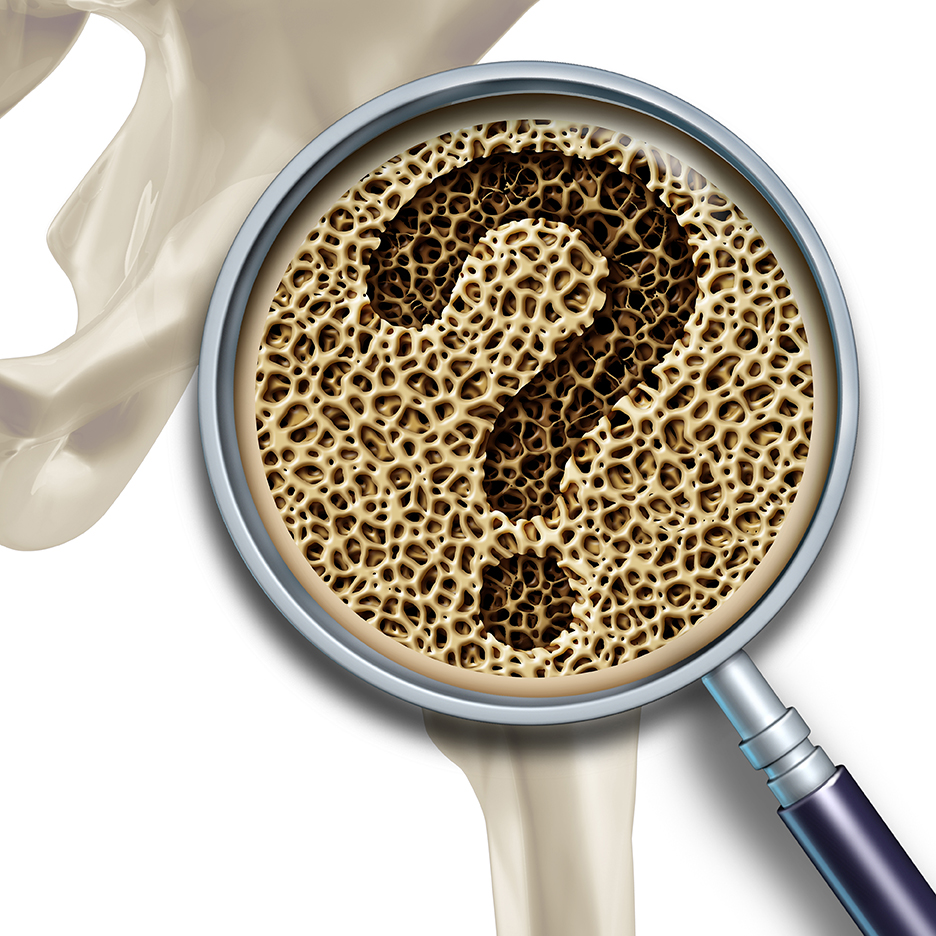
We are entering a new era with medical fitness in terms of understanding how exercise can help individuals with chronic illness and stress. This is a very exciting time for the fitness industry…

Summertime is the perfect time for anything yummy on a chip!
Ceviche is a delicious example of cold, crisp summer fare. With the huge shift to a more plant-based lifestyle, I wanted to offer a veggie ceviche. Palm Hearts, take the place of fish and introduce a much-overlooked ingredient.
 Ingredients
IngredientsMix everything together except the avocado. Chill 1 hour. Fold avocado in right before you serve. Carve cucumber cups and fill with finished ceviche for a beautiful and easy party platter.
Hearts of Palm are nutrition powerhouses and should be included more often due to many health-enhancing benefits. Heart and gut health are improved due to the high fiber content and natural inulin, which acts as a prebiotic, feeding healthy gut bacteria. Blood sugar stays level throughout the day and our blood pressure and vascular system relax.
The Palm Heart is high in vitamin B6 which is the nutrient that controls our immune function.
Lastly, our brain efficiency can be maintained simply by keeping a variety of foods in our daily nutrition intake. This veggie is easy to add to a variety of foods, is readily available, and is relatively inexpensive. This is a great food for our aging population!
Get more great recipes from Tina Martini — her book, Delicious Medicine: The Healing Power of Food is available to purchase on Amazon. More than a cookbook, combining 20+ years of experience, along with her love of coaching, cooking and teaching, Tina offers unexpected insights into the history and healing power of clean eating, along with recipes to help reduce your risk of disease and improve overall wellness so you can enjoy life!
Affectionately referred to as The Walking Encyclopedia of Human Wellness, Fitness Coach, Strength Competitor and Powerlifting pioneer, Tina “The Medicine Chef” Martini is an internationally recognized Naturopathic Chef and star of the cooking show, Tina’s Ageless Kitchen. Tina’s cooking and lifestyle show has reached millions of food and fitness lovers all over the globe. Over the last 30 years, Tina has assisted celebrities, gold-medal athletes and over-scheduled executives naturally achieve radiant health using The Pyramid of Power: balancing Healthy Nutrition and the healing power of food, with Active Fitness and Body Alignment techniques. Working with those who have late-stage cancer, advanced diabetes, cardiovascular and other illnesses, Tina’s clients are astounded at the ease and speed with which they are able to restore their radiant health. Tina believes that maintaining balance in our diet, physical activity, and in our work and spiritual life is the key to our good health, happiness and overall well being. Visit her website, themedicinechef.com

While the threat of the COVID-19 needs to be taken with great concern, it is as important to understand the useless and counterproductive effects of panicking. Whether you take the vaccine or not, prevention is the best approach to any viral challenge. Panic is an extreme fear response triggering stress hormones that suppress immune function increasing susceptibility to any pathogen, including viruses.

Scientific research continues to show consuming red and processed meats or a high-animal protein diet has a profoundly damaging effect on overall health and longevity. It is vitally important that red meat in our diet should be replaced (or at least greatly limited) in favor of foods that are proven to offer protection against cancer – such as green vegetables, berries, beans, nuts and seeds. This should not be seen as controversial and is supported by an overwhelming amount of data.
Large, long-term studies investigating intakes of animal and plant protein with regard to mortality have consistently concluded that more plant protein and less animal protein is linked to a longer life. (1-4) Studies consistently link greater red meat consumption to a greater risk of premature death. (5-7)
Here’s an example:
A 2016 study published in JAMA Internal Medicine investigated the relationship between animal vs. plant protein sources and mortality risk from almost 30 years of follow-up from the Nurses’ Health Study and Health Professionals Follow-up Study. Together, these two studies included over 170,000 participants.
Interesting findings came out of one particular question the researchers asked: What would happen if the participants replaced some of their animal protein with plant protein?

They analyzed the data to estimate how participants’ risk of death from all causes over the follow-up period would change if some of the animal protein sources (equivalent to 3 percent of total daily calories) were replaced with plant protein sources:
Higher intake of plant protein sources is associated with better health: for example, seeds and nuts reduce the risk of cardiovascular disease and are linked to longevity, and micronutrient and fiber-rich beans are linked to improved blood pressure, LDL cholesterol, body weight, insulin sensitivity and enhanced lifespan. (4, 8-13)
Prospective cohort studies are observational and cannot prove causality, but these studies are crucial to our understanding of health and longevity, because heart disease and cancer – our two biggest killers – develop over the course of multiple decades, not just a few months. Studies that follow tens of thousands of people for 10 or 20 years or more, and evaluate hard endpoints (death, heart attack, stroke, cancer, etc.) provide valuable insights into the habits that may promote or prevent these diseases. The significance of findings from observational studies is supported by laboratory studies showing there are plausible mechanisms for the association – good reasons why it’s not just a random correlation, but likely a causal relationship.
Many meat-centered diet proponents dismiss these important studies out of hand, ignoring the careful collection of data and complex mathematical analysis by skilled epidemiologists that control for potential confounding factors and detect potentially significant associations.
The correlations between animal protein intake and all-cause mortality in long-term prospective studies are consistent with other observational studies on specific diseases, and are backed up by laboratory studies that have uncovered the plausible cellular and molecular mechanisms behind the correlations:
Although eating a keto or carnivores’ diet can lower blood sugar and promote weight loss in the short term, the long-term effects of a diet so high in animal products (according to the preponderance of evidence) is damaging over the long term. That is why I reiterated that it is important to see the long-term studies with hard endpoints. Looking at short-term weight loss studies will lead you on a path to damage your potential for optimal longevity.
Although the disease-promoting effects take many years to build up, several short-term studies point to the beginnings of the damage of a high-animal product diet:
Meat-heavy diets get one important thing right: They cut out weight gain-promoting, disease-promoting high-glycemic refined carbohydrates. But large amounts of animal products are unquestionably disease-promoting, too. The Nutritarian diet does more than just restrict one type of harmful food. It limits or completely avoids all other disease-promoting foods and focuses heavily on foods that are richest in protective nutrients and are linked in scientific studies most consistently to a lower risk of cardiovascular disease, cancer, and other chronic diseases.
Joel Fuhrman, MD is a board-certified family physician specializing in nutritional medicine. He is President of the Nutritional Research Foundation and the author of 7 New York Times bestselling books, including his most recent book, “Eat to Live”. Visit his website, DrFuhrman.com.
👉👉Get $10 off $150 or more on Dr. Fuhrman’s website. Use coupon LS10OFF150.
Originally posted on DrFuhrman.com. Reprinted with permission.
References

We are by nature lazy creatures. We try to get by with as little effort as possible; we love to minimize work but maximize enjoyment. Sadly, this concept applied to exercise can have severe consequences to our bodies.
Weak links, in essence, are parts of our bodies that are not as strong as the others. Logically, it would make sense for us to strengthen these weak links in order to build our bodies as a whole.
However, our bodies usually choose to perform a movement with the least amount of effort and resistance. If one of our muscles is weak, instead of activating it, our body will compensate or cheat by making the other muscles around it work harder to complete the movement.
This results in strong muscles growing stronger, and weak links growing weaker. The only way to overcome our cheating tendency is to consciously activate our weak links and establish proper movements.
Once fundamental movements are established, only then can you add in other factors such as strength, endurance, speed, agility and athletic skills, which will help play a big role in improving performance and injury prevention.
There’s no point building big muscles if your joints, tendons, and bones can’t stand the strain. Instead, it is wiser to first build your foundation — and for many people, that means revisiting the weakest parts of your body.
Perhaps it came from a previous injury, or maybe it’s just a muscle you didn’t pay attention to previously. Whatever the case, tending to your weakest link will lay the necessary groundwork for true fitness. Skip this step, and you may end up doing yourself more harm than good.
It’s not just limited to gym-goers who overload their muscles by lifting too much weight. In fact, women who are supposedly “flexible” and great at yoga can get into trouble too. On one hand, the gym-goers are building strength without flexibility; on the other hand, yoga enthusiasts are pushing the limits of their stretches without increasing their strength. This can result in joint laxity (looseness of joints) that makes them vulnerable to injury.
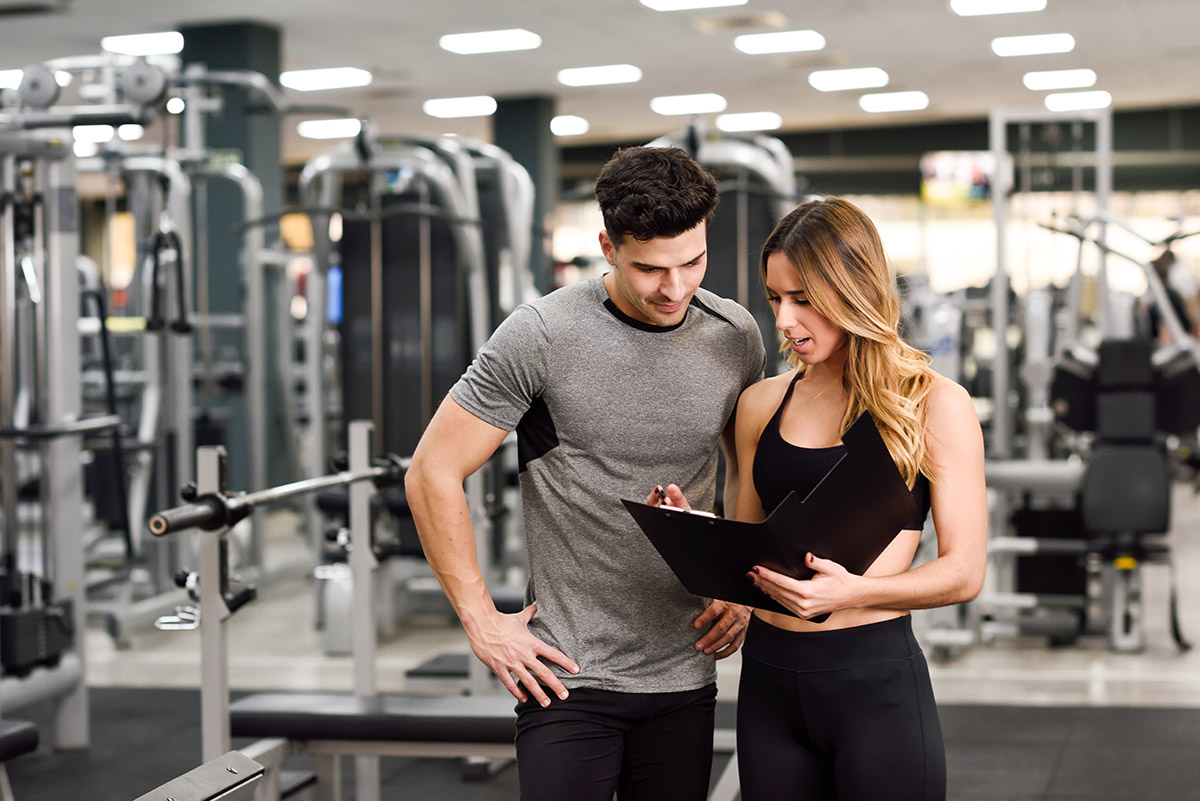
Some of you reading this right now may have suffered injuries before, whether major or minor. And most of you would be able to relate to the fact that you never feel the same after an injury. The weak links caused by injury are often hard to repair and can lie dormant for a long time before resurfacing to cause discomfort and pain.
That’s why it is important to identify your weak links. Even if you’ve never been injured, there are other factors that may cause weak links:
As you may realize, weak links are not always caused by outward injuries, but may also develop due to intangible factors like age, mentality and physical habits.
Nevertheless, many people suffer because they do not rehabilitate completely from an injury. A lot of people go through physio and recovery program, but stop once they reach 80% wellness. However, it’s at this stage where it’s the easiest to experience re-injury. Instead, it’s always better to achieve 110% fitness before you go back to your usual workout or sports routine. This ensures your weak link has been strengthened and prevents injury from occurring easily.
Ultimately, your body is unique. Although most of us want to go straight to training like Arnold, or run like Usain Bolt, our body has its own sets of strengths and weak links that need to be addressed individually first. And the best way to do that is through a personally tailored corrective exercise program, measured out specifically for you.
The shortcut to fitness is doing it right in the first place.
Ke Wynn Lee, author and an international award-winning corrective exercise specialist, currently owns and operates a private Medical Fitness Center in Malaysia. Apart from coaching, he also conducts workshops and actively contributes articles related to corrective exercise, fitness & health to online media and local magazines.
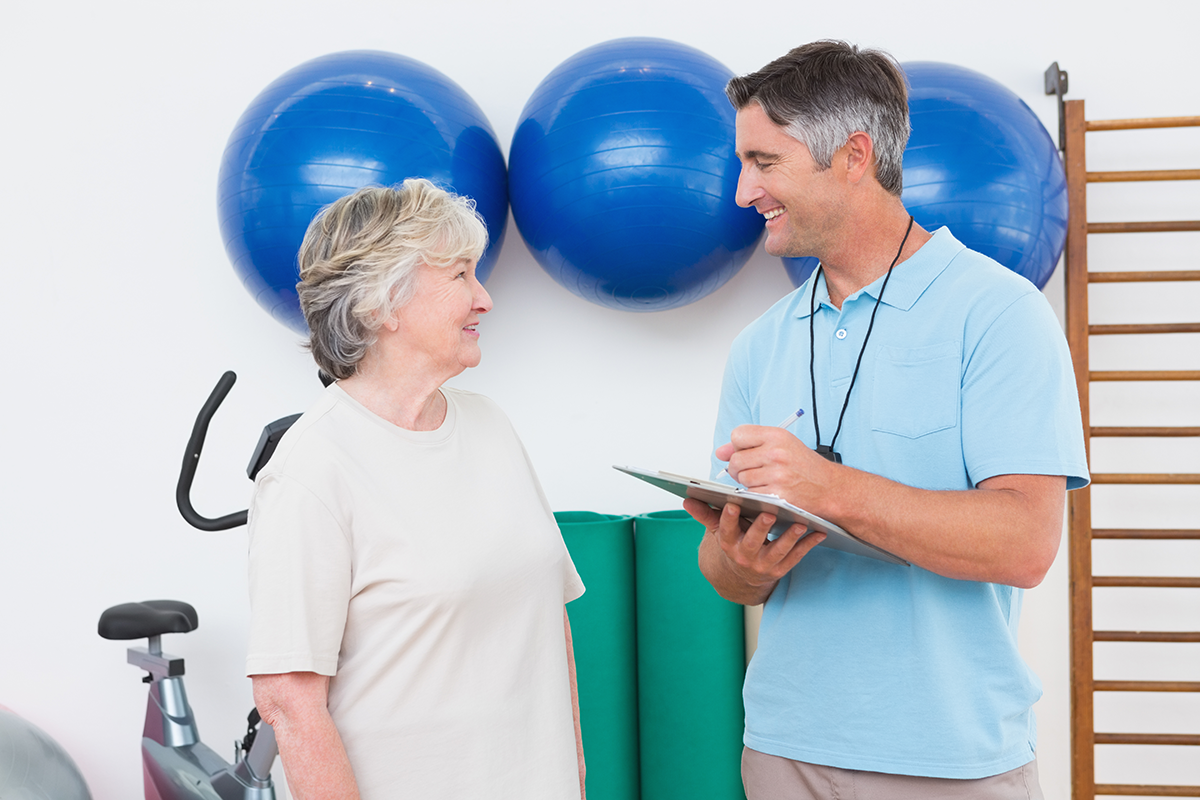
The health/fitness industry is constantly evolving with new scientific research and education released on a regular basis. Currently, the medical fitness track is on the precipice of explosion and expansion. Therefore, obtaining your personal training or group exercise instructor certification is only the beginning for launching your professional health and fitness career. One area of health/fitness specialization that is gaining attention is with the multiple sclerosis (MS) community. There is a huge need and demand for qualified health/fitness professionals to provide proper programming for those with MS. The National MS Society states that the MS population is more than double what was previously recorded with over one million people diagnosed in the United States alone. Health/fitness professionals can effectively work with those who have MS, providing them with a better quality of life, hope for the future and continued improvement. Education and specialization on the part of the professional is key to the success of the professional and the client through proper exercise programs, nutritional guidance and mindset training specifically for those with MS.
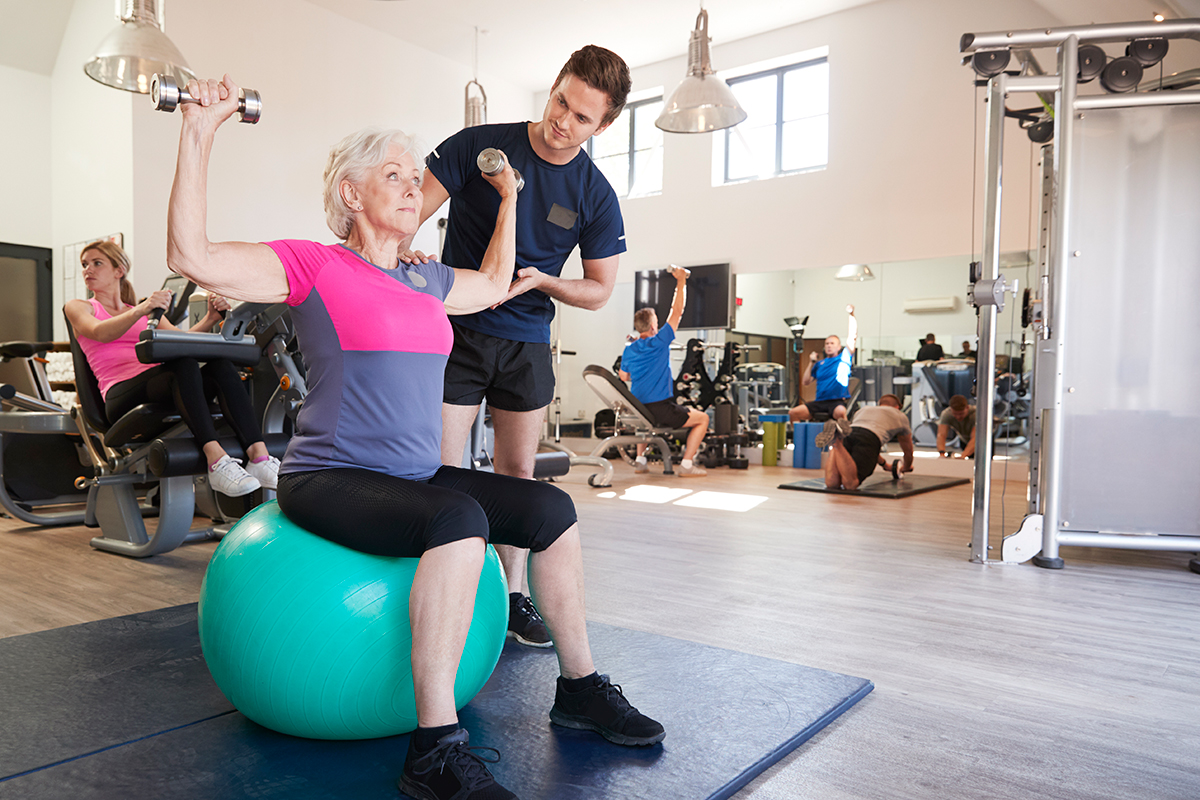
MedFit Classroom (through the MedFit Education Foundation) continues to expand education and specializations for Fitness professionals. However, simply earning a certification does not mean clients will flock to you, or that doctors/therapists will refer their post-medical/rehabilitation patients to you. Most trainers today working with these types of clients did not look for these clients and fewer were referred to them by a medical professional.
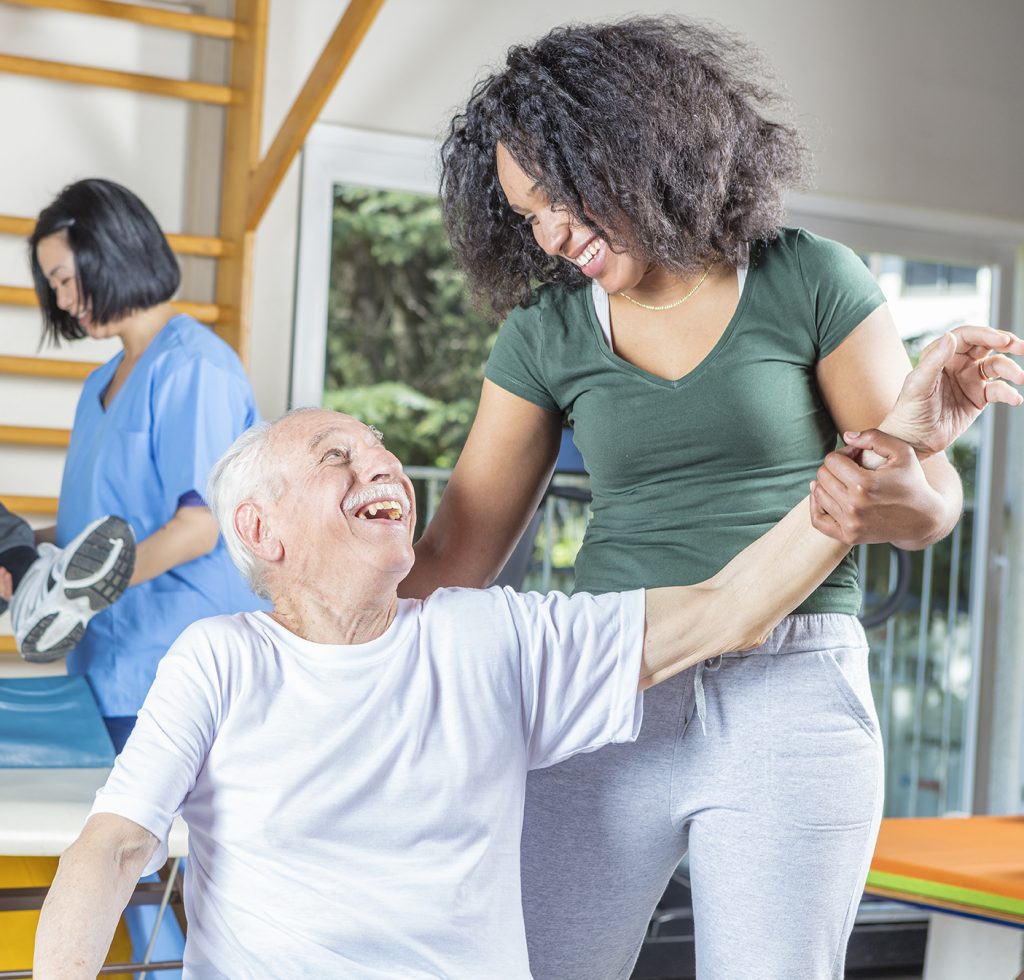 However, many trainers fall in love working with these clients, whether they are a stroke survivor, had a knee replacement, or other physical complications. So, how do you find and attract new clients in this growing niche?
However, many trainers fall in love working with these clients, whether they are a stroke survivor, had a knee replacement, or other physical complications. So, how do you find and attract new clients in this growing niche?
I interviewed Brian White, an MBA student at the University of Colorado, a transitioning military veteran, and an expert in messaging and analysis of popular media. After studying the post-medical rehabilitation and personal training industry, Brian had several takeaways focusing on education — of both the medical community and the fitness community, standards, and networking.
Brian observed that in a survey of physicians, only “17% of the respondents have a formal alliance for stimulating activity with an exercise provider.” (Leemrijse, 2015) In other words, few physicians have a professional relationship with a personal trainer who they would then refer patients to, after completing physical therapy. Additionally, the main reason for low collaboration was that they did not know any qualified fitness professionals and so could not inform their patients of exercise options, outside of the medical system.
Further, lack of collaboration between medical providers and fitness professionals was not only a problem of ignorance but also a lack of trust for an industry that has few standards. According to Brian’s research, there is a general lack of credibility “of the medical fitness professionals within the healthcare community” and a need for “better prepare[d] medical fitness professionals for practical application, further education, [and] potential elevating to graduate-level coursework [which] should be implemented to support prevalent chronic conditions.” (White, 2021)
Anyone can use the term personal trainer, legally — whether certified or not. A 2017 fitlegally.com article exposed how in the USA, regulation of the industry is state-by-state and no federal statute concerning who can be a personal trainer, what their education must be, or how they may practice. In Australia, only validly certified personal trainers can get mandated insurance. Brazil demands a bachelor’s minimum education. (Rabe, 2017)
The point is this: medical fitness professionals must be educated on the fitness needs of their clients. Courses provided by MedFit help ensure that personal trainers have the specialized knowledge to make a world of difference for a client such as a stroke survivor, after physical therapy. Beyond that, medical professionals, as well as potential clients, must have a dependable source of knowledgeable, experienced fitness professionals who can be trusted to address the needs of the client. Long term, legislation along with education from organizations like MedFit could help to build awareness, validation, and could help to provide a pool of knowledgeable and trustworthy fitness professionals.
In the meantime, professional organizations can bridge the gap for personal trainers. MedFit’s board of directors has stacked their medical and education advisory boards with highly qualified experts. Thus, fitness professionals can be confident they are receiving courses with quality content and validation from recognized medical and fitness professionals.
Furthermore, MedFit is advocating for fitness professionals by actively networking with the medical community and sharing with them information about the organization’s courses and the caliber of professionals taking their courses. MedFit is effectively building the post-medical fitness market.
Strategy #1
Besides online marketing, Brian has advice on how to build your own medical fitness network and allow clients to find you.
Reaching out to introduce yourself to medical/rehabilitation providers is tried and true. You might ask if you could drop a packet off describing your services. You could ask if they would let you put your brochures in their waiting room or add your cards to their business cardholder. A simple one-page flyer about the specific disorder you are educated to help with (i.e. MedFit’s Stroke Recovery Fitness Specialist), will help them have confidence in you and be a ready resource at their fingertips. Speaking directly to a Physical Therapist is likely to be even more successful.
If you choose the cold outreach method be prepared to face a lot of rejection.
Strategy #2
Patient support groups and organizations also offer wonderful contacts. In Colorado, for example, there is a Stroke Advisory Board and dozens of support groups that can be found online (https://www.strokecolorado.org/co-stroke-support-group-list). These lists represent opportunities to speak directly with stroke survivors and allied health professionals, who have direct contact with both providers and clients.
Strategy #3
The personal trainer turned marketing guru, Joe Lemon, advises learning about content-based networking. This technique is creating mutual content with people who can influence your market, like potential referring doctors and therapists. This is proving to be one of the most effective strategies for personal trainers to build trust and community with medical professionals. In fact, this can help the private fitness professional boost awareness for their business and drive down client acquisition costs. By collaborating on content, build strategic partnerships with a win-win mindset and allows personal trainers to demonstrate their level of fitness expertise and commitment to their craft. (Lemon, 2021)
Keep in mind, your network cannot grow unless someone acts—take action and do not overthink it.
In conclusion, working with special populations like stroke survivors or joint replacement clients is extremely rewarding and very necessary. Work is still needed to bring awareness to the availability of quality, safe, and effective training provided by educated professionals. But the payoff for both fitness specialists and clients is great and with MedFit support and education, the possibilities are exciting. Together, we can change the face of post-medical fitness.
Dr. Grove Higgins is a chiropractor, rehabilitationist, soft tissue injury expert, researcher, anatomy instructor, biomechanist, human performance expert, speaker, and corporate health consultant. In 2015, Dr. Higgins cofounded Neuroathlete with Coach Patrick Marques (LTC, US Army Ret.) and Peter Hoversten. Neuroathlete’s goal is to more broadly deliver neurological training to a global audience.
References
Leemrijse, C. d. (2015). Collaboration of general practitioners and exercise providers in promotion of physical activity, a written survey among general practitioners. BMC Family Practice, 16(1), p1-9.
Lemon, J. (2021, April 5). https://anchor.fm/sales. (G. Higgins, Interviewer)
Rabe, A. (2017, September 5). Do fitness professionals legally need to be certified? (US, Australia, Canada, UK & Brazil). Retrieved from Fit Legally: https://fitlegally.com/2332-2/
White, B. (2021, 4 2). “Untitled”. Monument, CO, USA: Brian White.
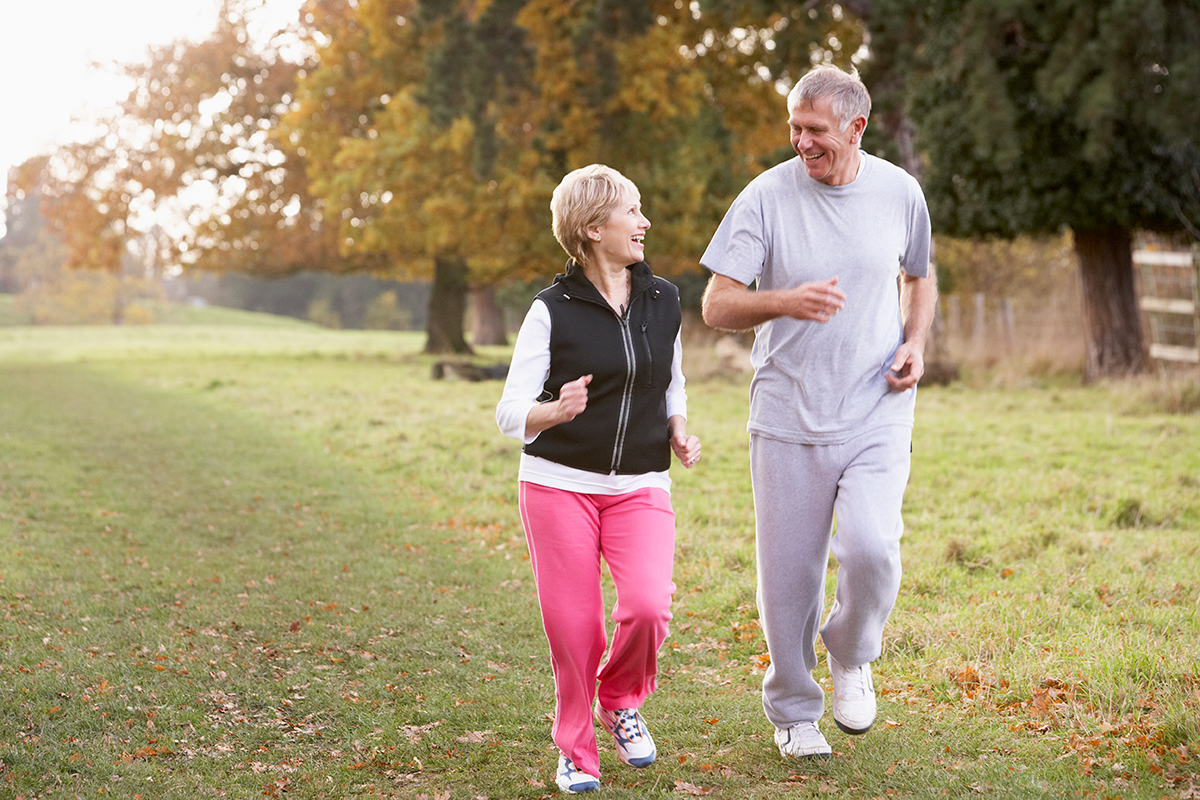
It’s been said: “If all the benefits of exercise could be placed in a single pill, it would be the most widely prescribed medication in the world.” Scientific evidence continues to mount supporting the numerous medicinal benefits of exercise. In fact, there’s hardly a disease that I can think of that exercise won’t help in one way or another, be it prevention, treatment, or even cure in some instances.
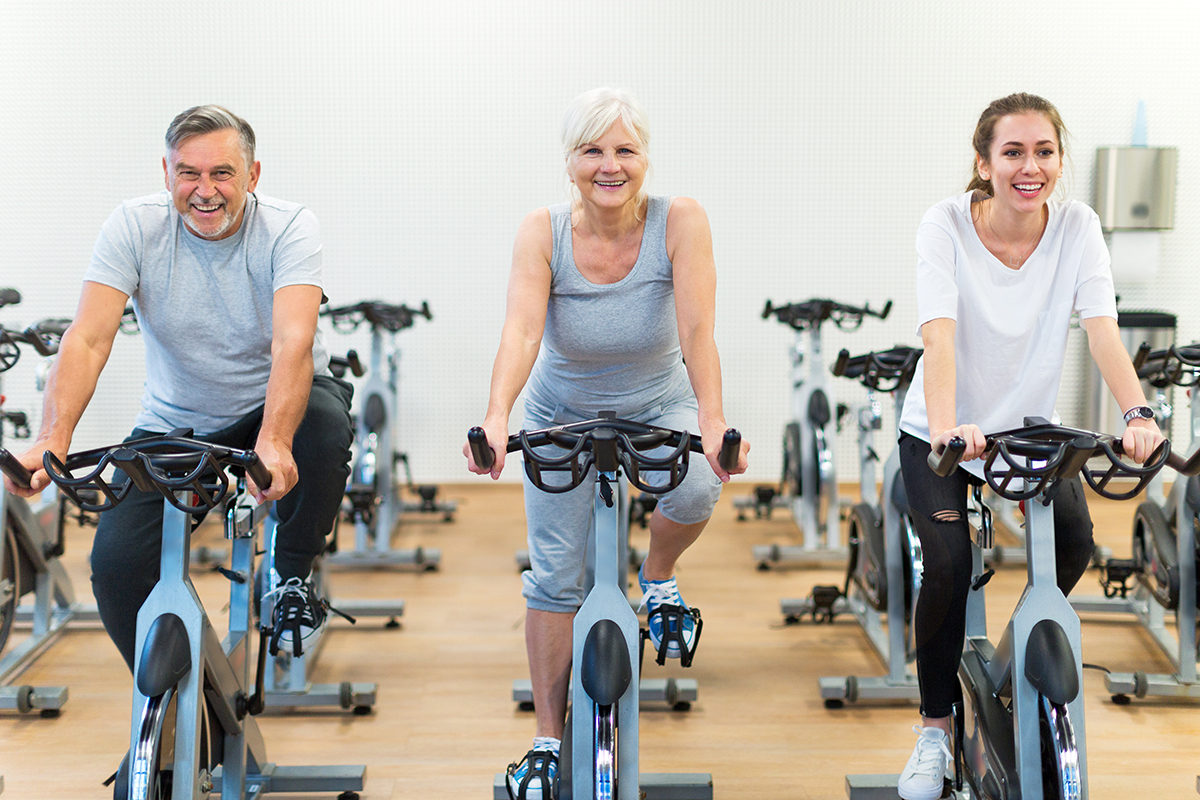
In these challenging times, if we only could get a medication that would boost our immune system and response to viruses, lower all stress associated with still being in a pandemic, and treat most of the pre-existing health conditions that are associated with a higher risk of dying from COVID-19, we would all be lined up for it! Guess what? We already have something that does all these things already—and that is physical activity.
Let’s consider its impact on how well your immune system works. While physical activity can boost your immune function, here’s what else we know about the immune system and all the lifestyles factors we can manage:
Exercise: A single workout may temporarily suppress your immune system, but chronic training (assuming it is not excessive) boosts immunity to the common cold, other viruses, and a whole host of pathogens (1). Being regularly active generally makes you less likely to get sick.

Stress: Any type of stressor, be it physical or mental, can weaken your immune system, most commonly through increases in levels of the hormone cortisol and other factors (2). Exercise overtraining raises cortisol levels and can make you more likely to catch a cold or the flu.
Sleep: Lack of sleep—particularly deep REM sleep—and short sleep duration cause a rise in cortisol levels that can dampen immune function (3). Many people with type 2 diabetes and overweight/obesity also have sleep apnea that interferes with getting quality sleep, making them more susceptible to getting sick. Better management of all of these conditions helps.
Nutrition: Chronic malnutrition lowers the ability of the immune system to function optimally. Low levels of vitamin D (which acts as a prohormone) in the bloodstream has also been tied with lower immunity, and many people with diabetes and older adults have low vitamin D status. Getting adequate vitamins, minerals, and calories in your diet can boost your immunity.
Alcohol: While a moderate intake of alcohol may give you some health benefits, abuse of alcohol suppresses your immune system (4). “Moderate” is one drink per day for females, two for males—and there is no rollover from one day to the next if you miss one!
Smoking: Tobacco smoking increases inflammation and lowers immune function, and it may also lower your immune response to certain vaccines. Quitting smoking can help restore immune function.
We also need to discuss how our bodies react to vaccinations. All of us are facing possible vaccination for COVID-19 once we all can get access to the many safe and effective vaccines that are now slowly being distributed around the US and the world. You may be, like I was previously, assuming that vaccines work the same for everyone. In reality, there is no guarantee of a universal and equally protective response, and a whole host of factors (inside your body and out) can impact how well a vaccine actually works for you (5). Not surprisingly, all of the lifestyle factors listed above can impact the strength of your immunity post-vaccination, and making improvements in any/all of them can help. But your age can also have a negative effect.
COVID-19 is unlikely to be the last threat to our collective health, so it is worth discussing why we are more vulnerable to threats to our immune system as we get older. For starters, older adults have a less robust immune response to everything, including strains of influenza, and they suffer from a more rapid waning of antibodies. Basically, our immune systems are getting less robust and effective as we age—and that potentially impacts our response to vaccines.
 Generally, older adults have a lesser immunity to any virus that they have been vaccinated against, and that will likely include the current global coronavirus once a vaccine is available. However, engaging in regular aerobic training improved flu vaccine responses in a group of older adults who had been previously sedentary (6): participants who did a regular moderate-intensity physical activity like brisk walking were 30 to 100 percent more likely to have an antibody response sufficient to keep them from getting the flu. Although research on this topic remains limited, exercise is likely to help boost the immune systems in people who are currently sedentary and start being active.
Generally, older adults have a lesser immunity to any virus that they have been vaccinated against, and that will likely include the current global coronavirus once a vaccine is available. However, engaging in regular aerobic training improved flu vaccine responses in a group of older adults who had been previously sedentary (6): participants who did a regular moderate-intensity physical activity like brisk walking were 30 to 100 percent more likely to have an antibody response sufficient to keep them from getting the flu. Although research on this topic remains limited, exercise is likely to help boost the immune systems in people who are currently sedentary and start being active.
Other confounding health issues may make immune responses weaker when you are exposed to a virus or vaccinated. For instance, many seniors with diabetes develop kidney disease requiring dialysis. In these individuals, many fail to have an adequate immune response when given a vaccine for hepatitis B; how well it works depends on their age, how long they have been on dialysis, their diet, and other factors (7). In children (and adults) with type 1 diabetes, certain vaccines have been shown to be less effective, particularly when they also have celiac disease and consume gluten (8).
So, what can you do? Fight back by adopting the healthiest lifestyle that you can—one that includes being regularly moderately active—and stay as healthy as you can for when the next virus comes along. Protect yourself with a daily dose of exercise!
Sheri R. Colberg, PhD, is the author of The Athlete’s Guide to Diabetes: Expert Advice for 165 Sports and Activities (the newest edition of Diabetic Athlete’s Handbook). She is also the author of Diabetes & Keeping Fit for Dummies, co-published by Wiley and the ADA. A professor emerita of exercise science from Old Dominion University and an internationally recognized diabetes motion expert, she is the author of 12 books, 30 book chapters, and over 420 articles. She was honored with the 2016 American Diabetes Association Outstanding Educator in Diabetes Award. Contact her via her websites (SheriColberg.com and DiabetesMotion.com).
References